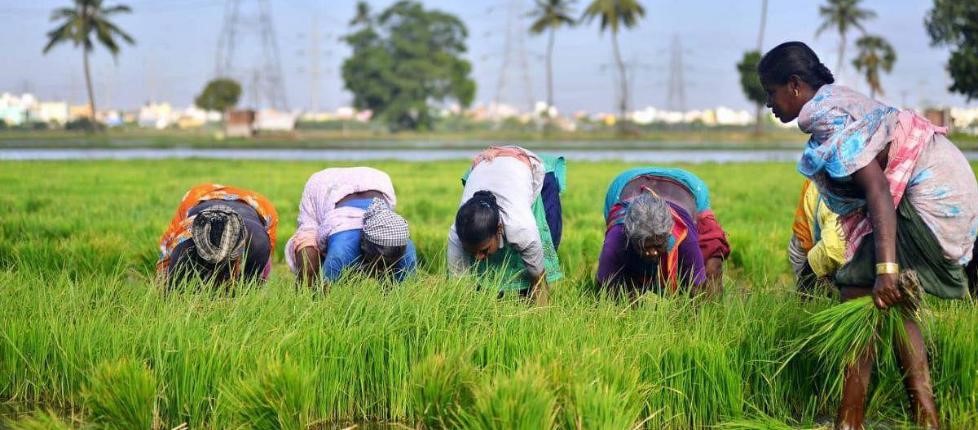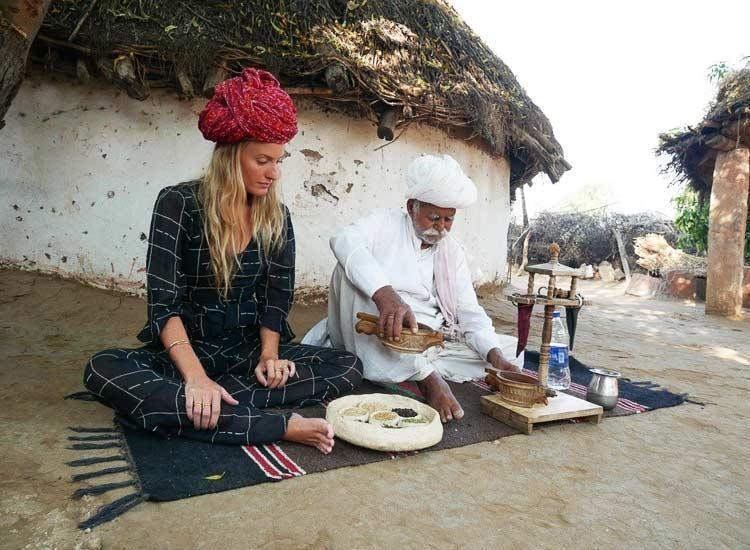The way of life of the people in the village is different from the way of life of the metro or other cities. Even after industrialization, the majority of the Indian population is still engaged in the field of agriculture. There are others in rural India who make money through various arts, crafts, tourism, etc.

Image Source:
https://www.newindianexpress.com/states/tamil-nadu/2021/aug/14/tns-first-exclusive-agriculture-budget-targets-food-and-nutritional-security-in-10-years-2344690.html
Tourism in India not only offers employment and business opportunities to many people working in rural areas but will also help bring individuals of various societies, beliefs and dialects close to each other. It will give a more extensive viewpoint of life. It won’t just create work for individuals, but it can also foster social and instructive qualities. It focuses on sustainable tourism that utilizes rural resources, has little or no negative impact, and provides increasing benefits to rural areas in terms of rural productivity, employment, and culture, as well as local people’s involvement and a suitable way of adapting traditional beliefs and values to modern times.

Image Source:
https://timesofindia.indiatimes.com/travel/destinations/in-an-attempt-to-boost-rural-tourism-in-northeast-india-guwahati-to-host-2-day-national-conference/as62379201.cms
Scenic value, distinctive wildlife assets, cultural assets, agriculture/horticulture/forestry assets, and particular facilities for athletic activities are all physical attributes that will appeal to travellers seeking rural tourism. Rural tourism has the potential to help preserve local culture while also preventing rural-urban migration.
As a result, it may be able to attract tourists by offering an amazing view of the village atmosphere while also serving local food. Traditional design and architecture should be used to produce moderate yet clean housing. In rural tourism, a cooperative structure can be an efficient way to make a beneficial influence on rural communities. On their own, residents can monitor and reduce the harmful impact.

Image Source: https://www.indianholiday.com/blog/rural-places-india/
Thus, the government should prioritise rural tourism and assist in the creation of a healthy competitive business climate. They should also generate data for decision-making and authorities for human resource development. Enough accommodations, connection, and communication infrastructure must be created. If explored up to its full potential, rural tourism can make a huge difference in the lives of the rural people.
